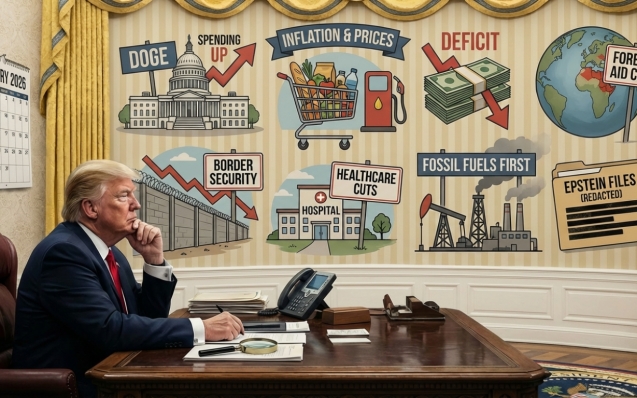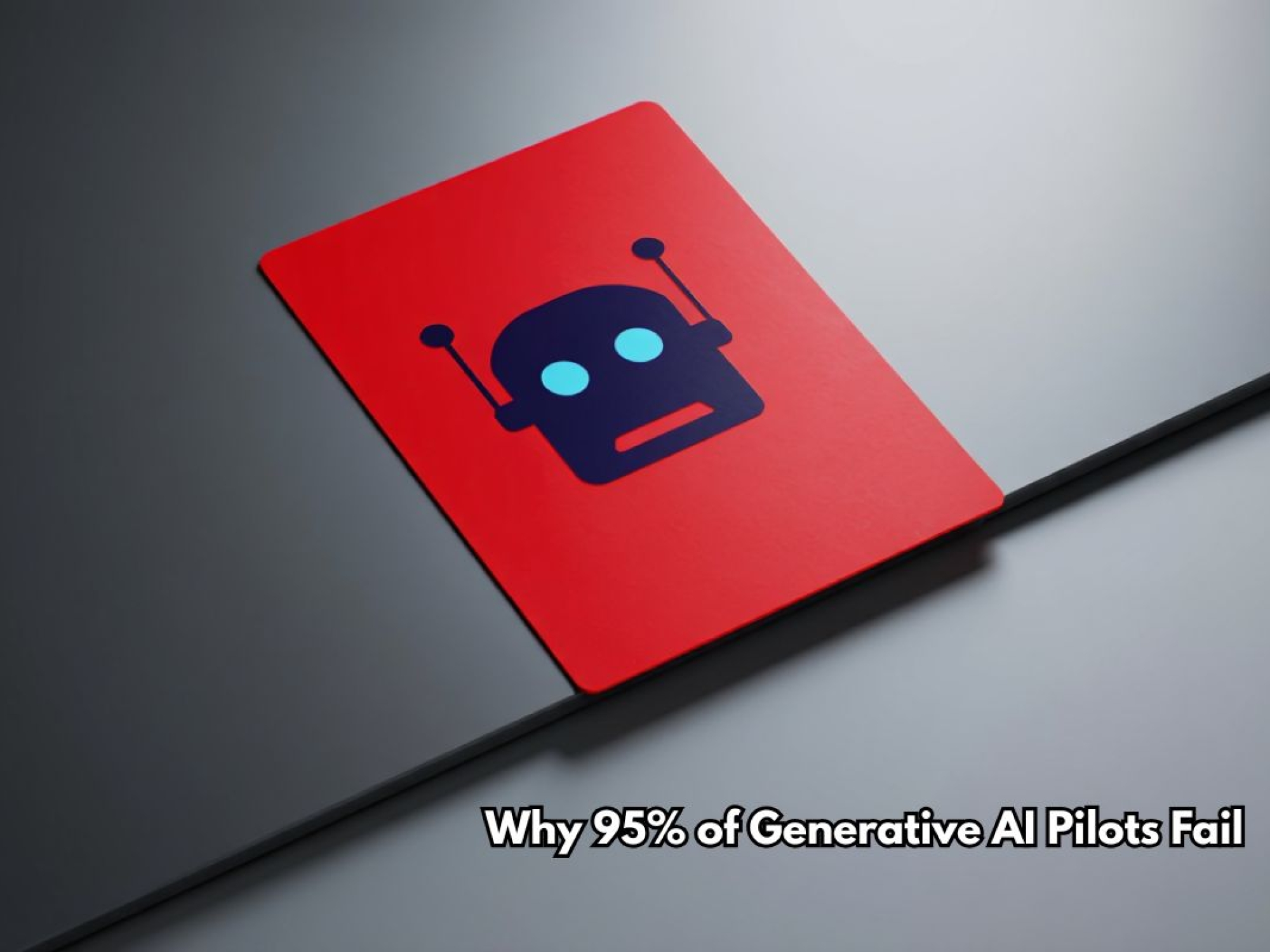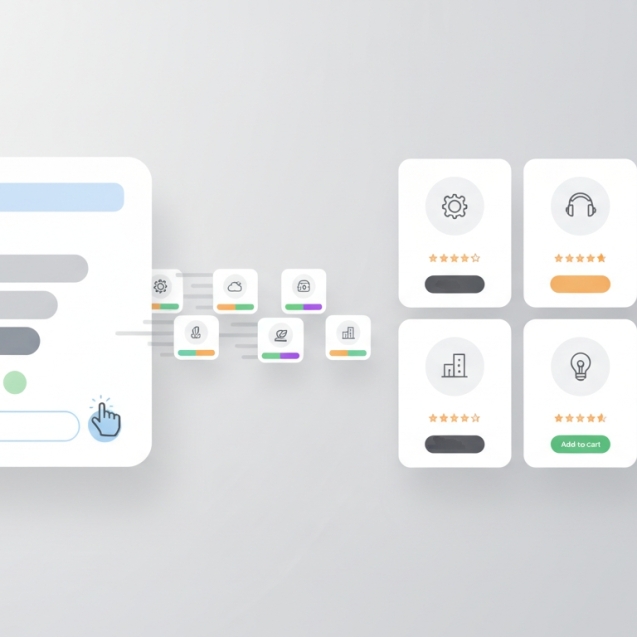Recent Post

Politics
Let's cut through all of the propaganda for a second. On January 3, 2026, the United States military launched "Operation Absolute Resolve"—over 150 aircraft, special operations forces, and a full-scale ...
NFL
The New York Jets have done it again—in extravagant fashion.
Well, well, well… here we are again. Another January, another Jets season that ...
US & World
What Will You Do For Us in 2026 President Trump?
One year in. The People pulled the lever in November 2024, or maybe ...
Animal House Sports News
The New York Jets have done it again—in extravagant fashion.
Well, well, well… here we are again. Another January, another Jets season that makes you q ...
We Are Gambling Ourselves to Death
There was a time when gambling was a vice tucked into the corners of society. Smoky rooms. ...
AH Proposes New CFB Playoff & Conference Realignment
On December 7th, the 2025 College Football Playoff selection committee delivered its verdi ...
Follow AH on Social Media
AH Studio
AH Media
AH Takes
Corporate America: The Golden Handcuffs
Alright guys, we did it. Fighting for our lives with 50k-250k worth of education for a mer ...
AH Releases Their Miami Swim Week Shows Mix
It has been a while since we were in the mix, but this is more than music, this is ...
Who Is The Wagner Group? A Comprehensive Overview
When everyone in the past week went from a Deep Sea Submarine expert to Eastern European W ...
AH Lifestyle

Podcast
Listen on Apple Podcast here Follow us on our socials! Twitter: @_JohnGrimaldi @AnimalHouse_USA Instagram: @jgrimaldi6 @animalhouse.usa The night cap to your Marvel ...
















